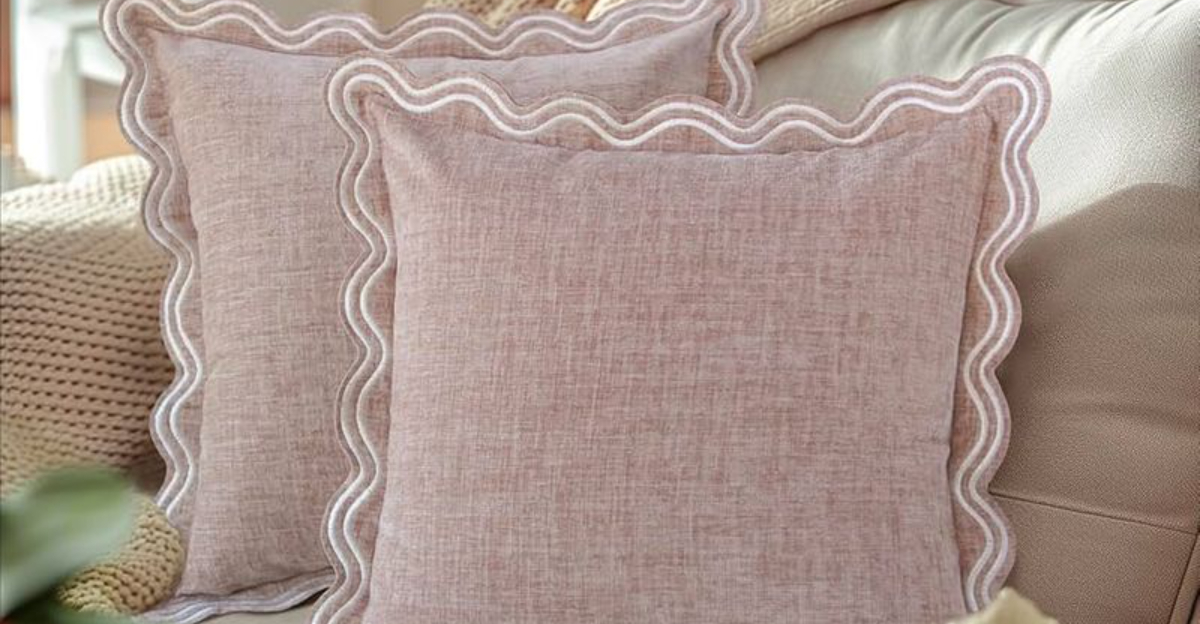Explore the trendiest ways to incorporate scallop designs into your home and the common pitfalls to avoid. From furniture to textiles, scallops add a playful yet sophisticated touch.
Whether you’re a fan of vintage aesthetics or contemporary chic, scallops offer a versatile option to enhance any space with both elegance and functionality. However, to maintain the perfect balance, it’s crucial to know what not to do.
1. Scalloped Wall Panels
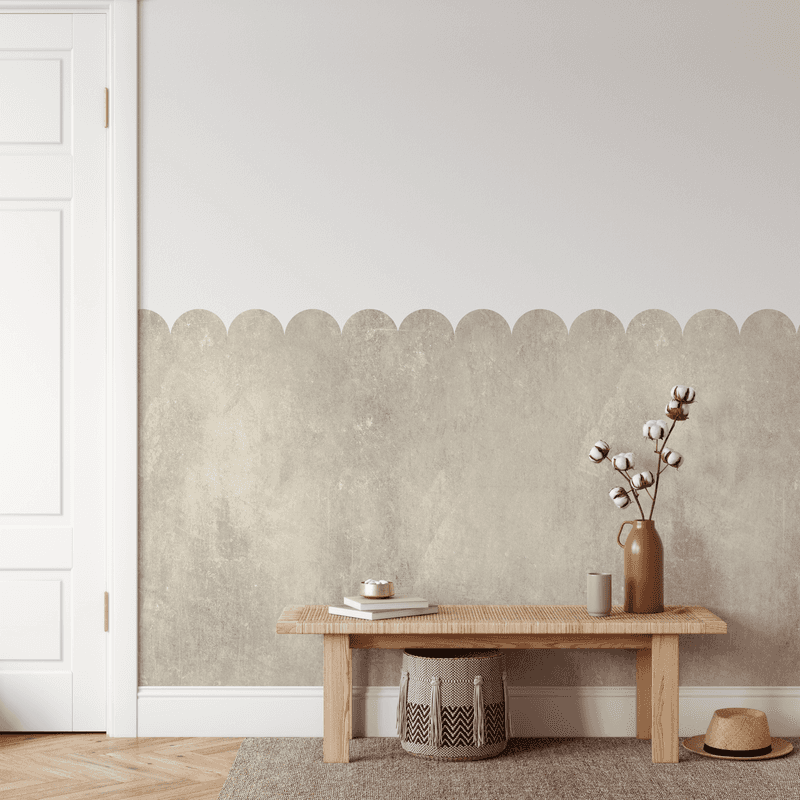
Add elegance to your living room with scalloped wall panels. These panels create a graceful wave effect, turning a plain wall into an art piece.
Choose subtle hues to keep the look sophisticated yet understated. The gentle curves guide the eye, making spaces appear larger and more inviting.
2. Scallop-Edged Rugs

Introduce scallop-edged rugs to living areas for a touch of softness. The intricate edges add detail without overwhelming the space.
Rather pick soft, plush materials in neutral tones for timeless appeal. Their organic shape provides contrast against straight-edged furniture, enhancing the room’s overall harmony.
3. Scallop Design Curtains
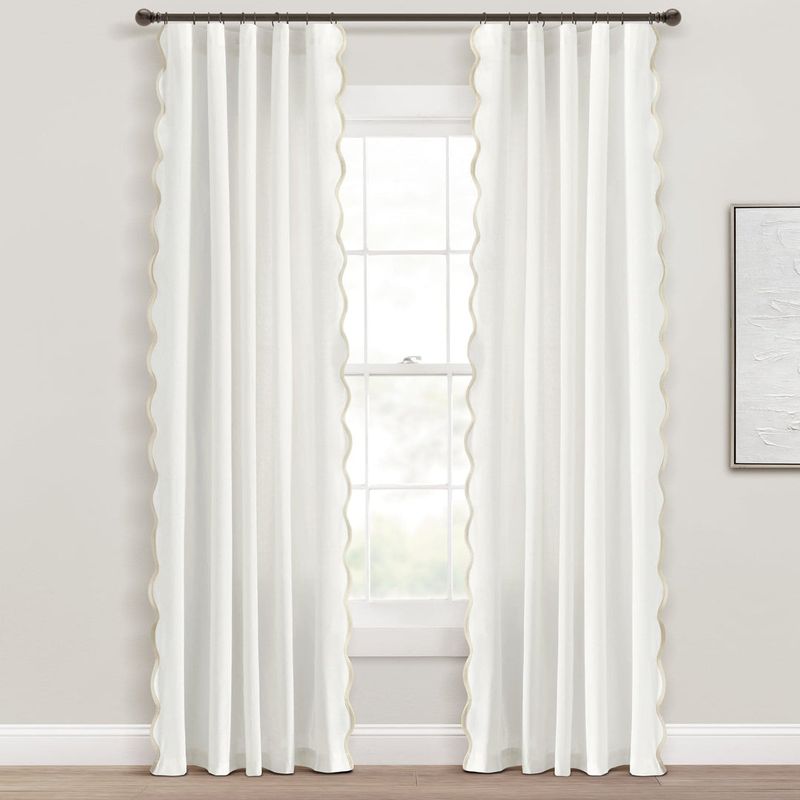
Transform your windows using scallop design curtains. These drapery options create a gentle rhythm and add a whimsical touch.
Go with pastels for a calming ambiance or bold colors for drama. Their flexible design works beautifully in any room, framing windows elegantly.
4. Scalloped Backsplash in Kitchen
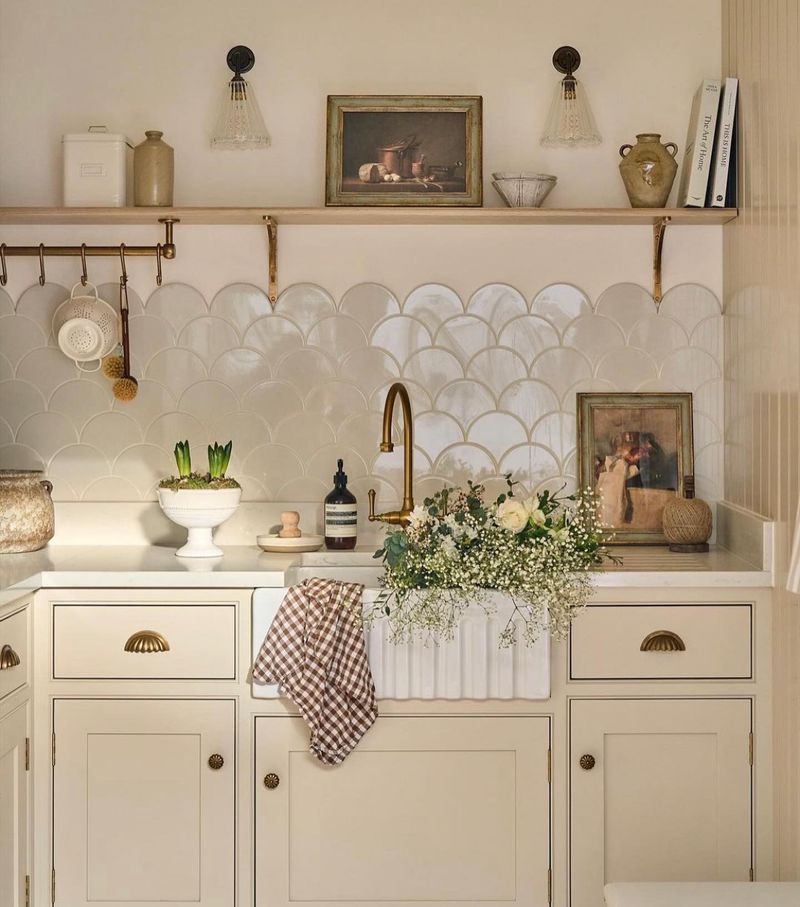
Revamp your kitchen with a scalloped backsplash. This design adds depth and texture, creating visual interest without overpowering.
Light, glossy tiles reflect light, enhancing the kitchen’s brightness. It’s a stylish way to break the monotony of traditional kitchen designs.
5. Scallop Patterned Throw Pillows

Incorporate scallop patterned throw pillows on sofas or beds for an instant update. These pillows can be mixed with solids for balance, offering a cozy yet stylish look.
Varying shades and textures can add a layered effect, perfect for creating depth in neutral spaces.
6. Scallop Design Furniture

Make a statement with scallop-edged furniture. A table with scallop detailing can become a room’s centerpiece.
These designs add fluidity and elegance, perfect for both classic and modern setups. Mixing with minimalist accessories maintains focus on the furniture’s unique curves.
7. Scallop Trim Lampshades
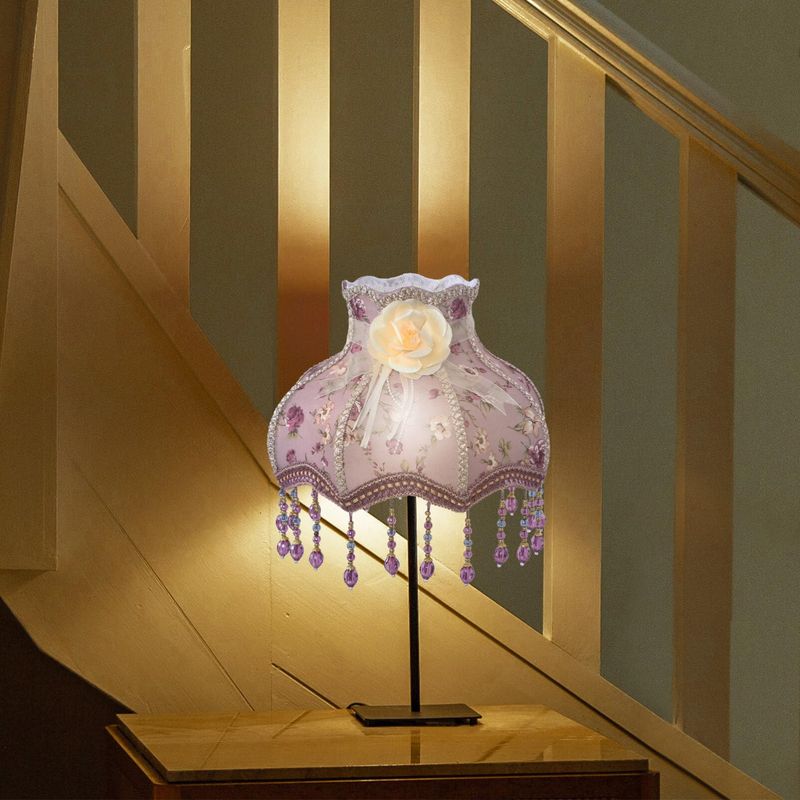
Enhance lighting with scallop trim lampshades. They offer subtle charm, perfect for vintage or eclectic interiors.
The gentle trim diffuses light softly, creating a cozy atmosphere. Pair with classic or antique furnishings for a harmonious look.
8. Scalloped Edge Mirrors
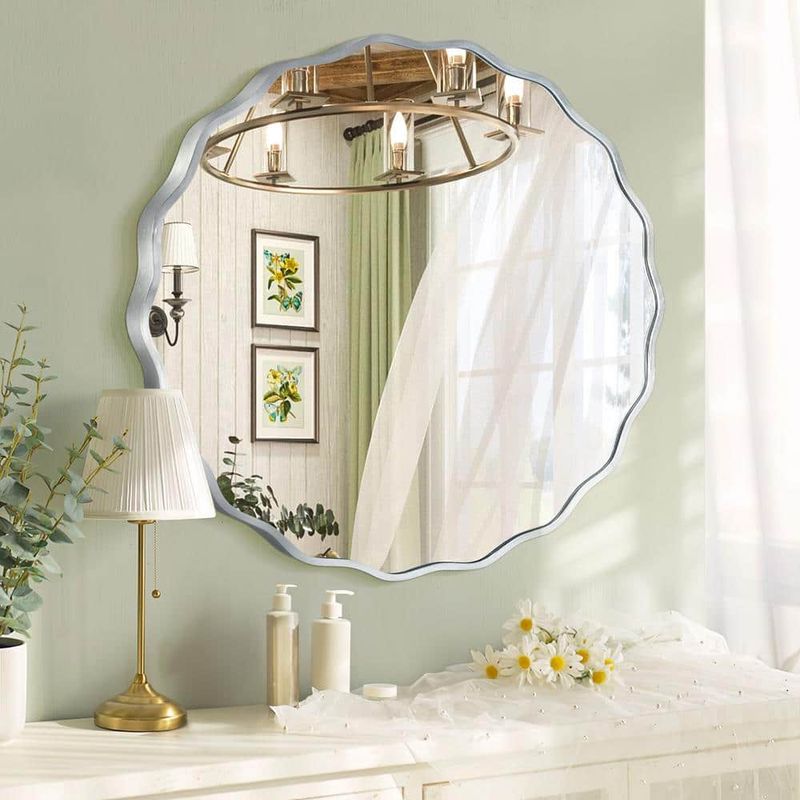
Brighten hallways or bedrooms with scalloped edge mirrors. Their unique shape draws attention, acting as both a functional and decorative piece.
A gold or bronze frame enhances the elegance, providing a luxurious focal point. Use them to reflect light and create an illusion of space.
9. Scallop Design Bedding
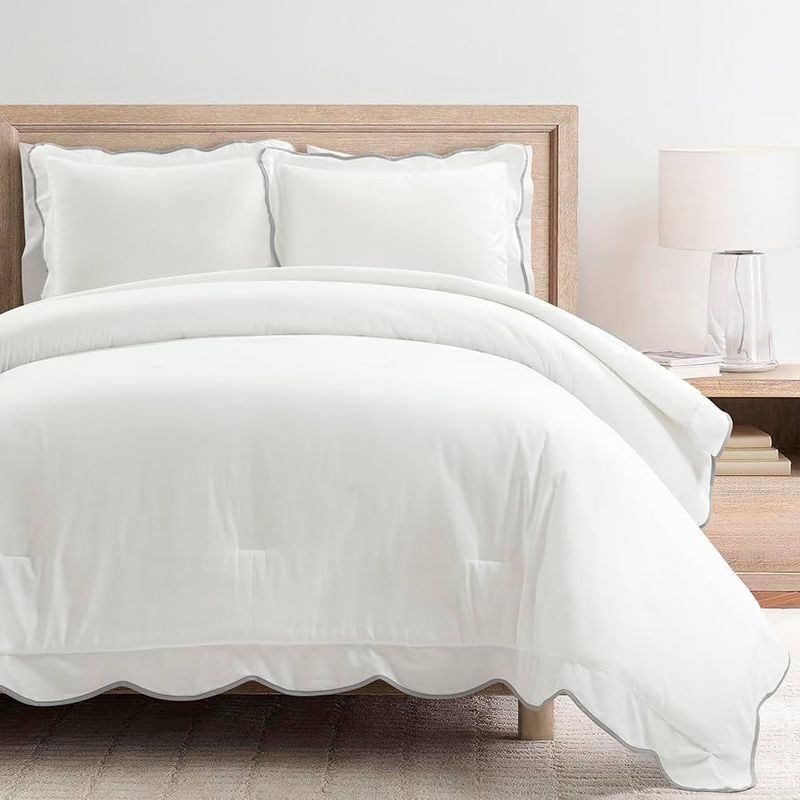
Upgrade your bedroom with scallop design bedding. The subtle waves of the scallop pattern can bring a sense of calm and elegance to your sleeping space.
Mix with muted tones for a soothing retreat. This bedding style provides texture and interest without overwhelming the room.
10. Overuse of Scallop Patterns

Avoid overusing scallop patterns. While they add charm, too many can overwhelm and clutter a space.
Balance is key. Focus on one or two standout pieces, allowing them to be the focal points. Mixing patterns thoughtfully can prevent visual chaos.
11. Ignoring Color Coordination

Don’t ignore color coordination when incorporating scallop designs. Clashing hues can disrupt the harmony of a space.
Aim for a cohesive palette that complements existing decor. Coordination ensures that scallops add elegance rather than creating visual discord.
12. Using Low-Quality Materials
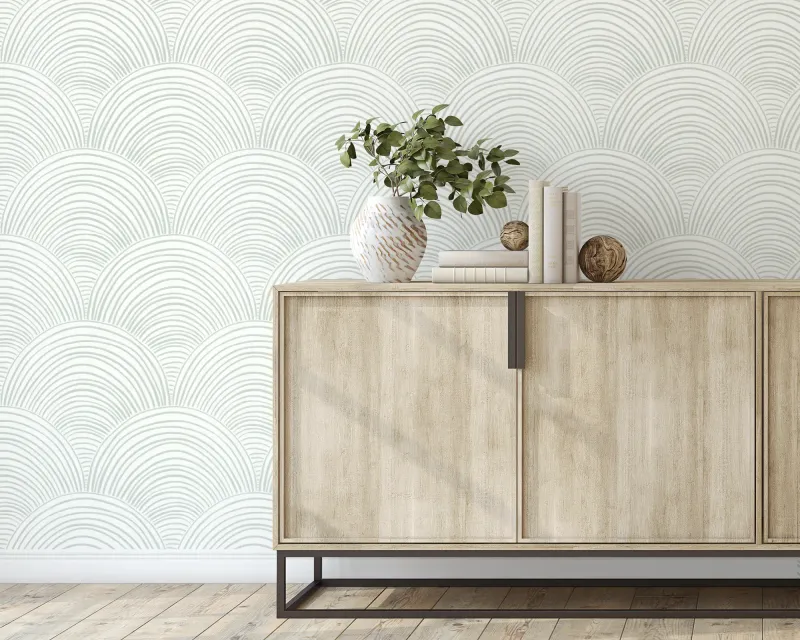
Avoid using low-quality materials in scallop designs. Cheap materials can detract from the beauty and longevity of the pattern.
Invest in quality pieces that maintain their allure over time. Durable materials ensure scallops remain a timeless feature in your home.
13. Overly Bold Scallop Colors
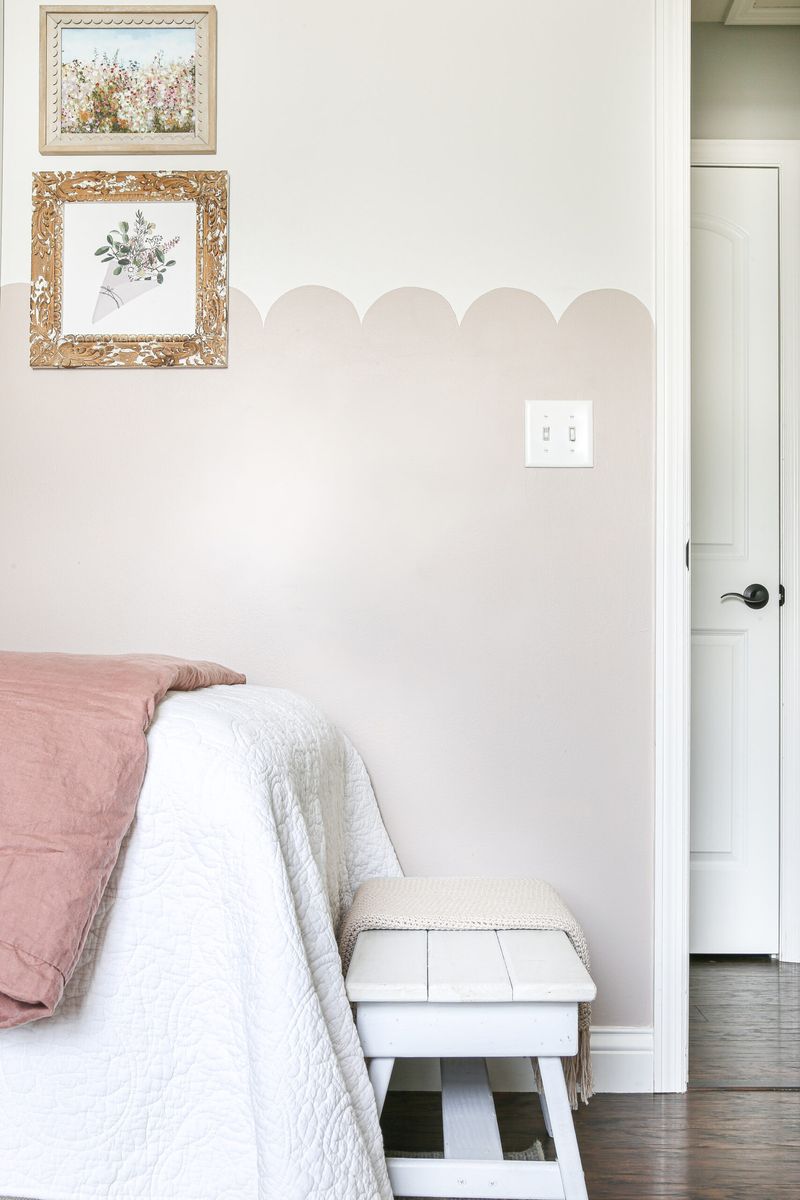
Avoid overly bold scallop colors that overpower a room. Such colors can make spaces feel cramped and unwelcome.
Use neutral or muted tones to keep the atmosphere inviting. Balancing vibrant patterns with subtle hues creates an aesthetically pleasing look.
14. Ignoring Room Theme Consistency
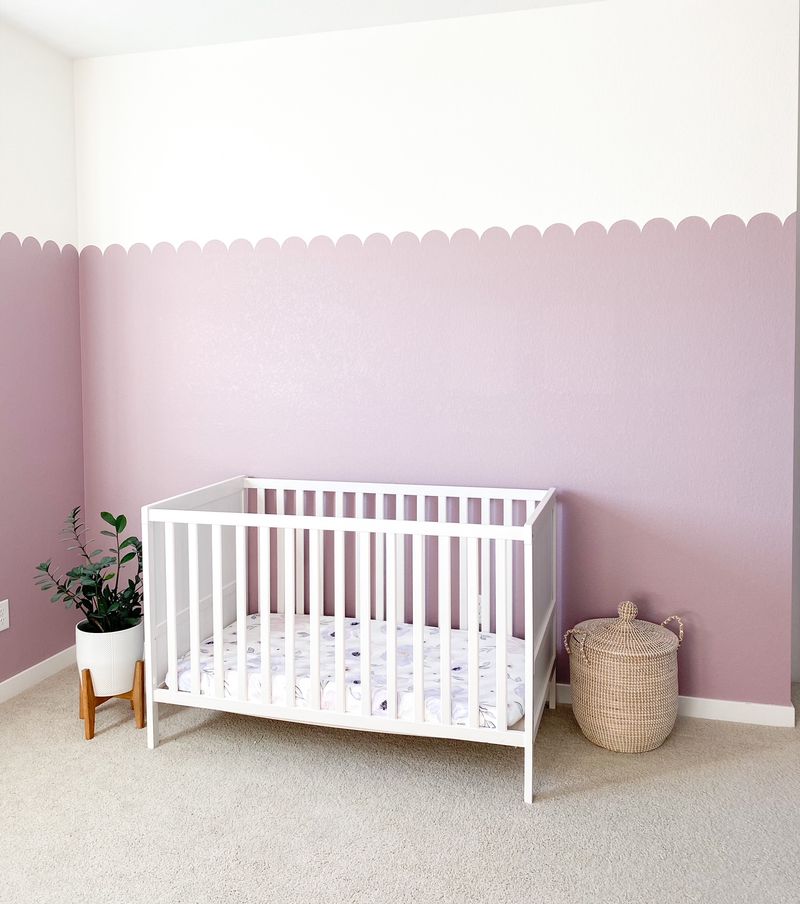
Ensure scallop designs match the room’s theme. Inconsistencies can jar the overall aesthetic, making the space feel disjointed.
Align patterns with existing decor themes for a seamless look. Consistency is essential for integrating scallops harmoniously into your home.
15. Neglecting Functionality

Don’t neglect functionality when using scallop designs. Focus on practicality alongside aesthetics. Scalloped elements should enhance, not hinder, a room’s usability.
Ensure that designs serve a purpose, such as incorporating scalloped storage that combines form and function.

